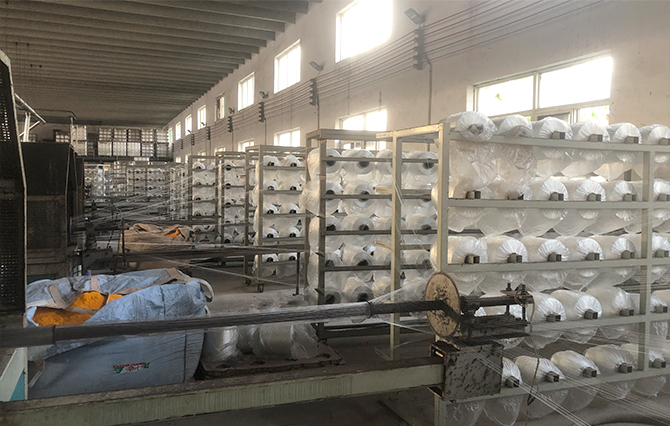Exploring the Benefits and Applications of Fiber Reinforced PVC Materials
Understanding Fiber PVC A Versatile Material for Modern Applications
Fiber PVC, or fiber-reinforced polyvinyl chloride, is an innovative composite material that merges the durability of traditional PVC with the added strength and flexibility provided by fiber reinforcement. This unique combination makes Fiber PVC an increasingly popular choice in various industries, including construction, automotive, and consumer goods. In this article, we will explore the characteristics, advantages, and applications of Fiber PVC, shedding light on why it has become a preferred option for manufacturers and consumers alike.
What is Fiber PVC?
Fiber PVC is produced by integrating fiber materials—such as glass fibers, natural fibers, or synthetic fibers—into the PVC matrix. The reinforcement enhances the structural properties of the PVC, resulting in a material that is not only lightweight but also possesses improved tensile strength, impact resistance, and thermal stability. As a result, Fiber PVC can withstand greater stress and strain, making it suitable for a broader range of applications than traditional PVC.
Advantages of Fiber PVC
1. Enhanced Durability One of the most significant benefits of Fiber PVC is its enhanced durability. The added fibers increase resistance to wear, tear, and impact. This makes it ideal for applications where the material will be subject to heavy use or harsh conditions.
2. Lightweight Despite its strength, Fiber PVC remains lightweight compared to other materials like metal or solid wood. This feature is particularly beneficial in industries like automotive and aerospace, where reducing weight can lead to improved fuel efficiency and performance.
3. Chemical Resistance Fiber PVC exhibits excellent resistance to a variety of chemicals, including acids, alkalis, and oils. This property makes it a suitable choice for applications in chemical processing and storage.
4. Weather Resistance Fiber PVC is resistant to degradation from UV radiation, moisture, and extreme temperatures. This quality is essential for outdoor applications, ensuring longevity without the need for extensive maintenance.
fiber pvc

5. Versatility The adaptability of Fiber PVC allows it to be fabricated into various shapes and forms. It can be extruded into sheets, molded into complex parts, or used as a composite with other materials, making it suitable for a wide range of applications.
Applications of Fiber PVC
1. Construction In the construction industry, Fiber PVC is used for a variety of applications, including cladding, roofing, and flooring. Its strength and resistance to weather make it an ideal choice for both residential and commercial buildings.
2. Automotive Components The automotive sector has increasingly turned to Fiber PVC for interior and exterior components. Parts such as dashboards, door panels, and bumpers benefit from the material's lightweight nature and durability.
3. Consumer Products Fiber PVC is also utilized in the manufacturing of consumer goods. From furniture and home decor to sporting equipment, the material's versatility and aesthetic appeal contribute to its widespread use.
4. Industrial Applications Many industrial applications, such as piping and fittings, leverage the chemical and weather resistance of Fiber PVC. Its strength and reliability ensure that it can handle the demands of various industrial processes.
Conclusion
In conclusion, Fiber PVC is a remarkable material that combines the best qualities of PVC with the added strength and flexibility of fiber reinforcement. Its enhanced durability, lightweight nature, chemical resistance, and versatility make it an excellent choice for a wide range of applications across multiple industries. As technology continues to evolve, it is likely that Fiber PVC will play an even more significant role in manufacturing and construction, driving innovation and efficiency in various sectors. With its growing popularity, Fiber PVC is undoubtedly a material to watch in the years to come.
-
Top Quality Oxy Acetylene Hoses for Sale Fit for Welding DemandsNewsJul.28,2025
-
The Future of Pneumatic Air Tubes in IndustryNewsJul.28,2025
-
Superior and Reliable LPG Hose Pipe Solutions for Every NeedNewsJul.28,2025
-
Exceptionally Durable and Versatile Premium Braided PVC TubingNewsJul.28,2025
-
Best Adapters for Connecting Garden Hose to PVC Pipe ConnectionsNewsJul.28,2025
-
The Essential Role of LPG Hoses in Safe and Efficient Gas DistributionNewsJul.16,2025














